Promoting the development of energy storage The electrode slitting machine plays a key role
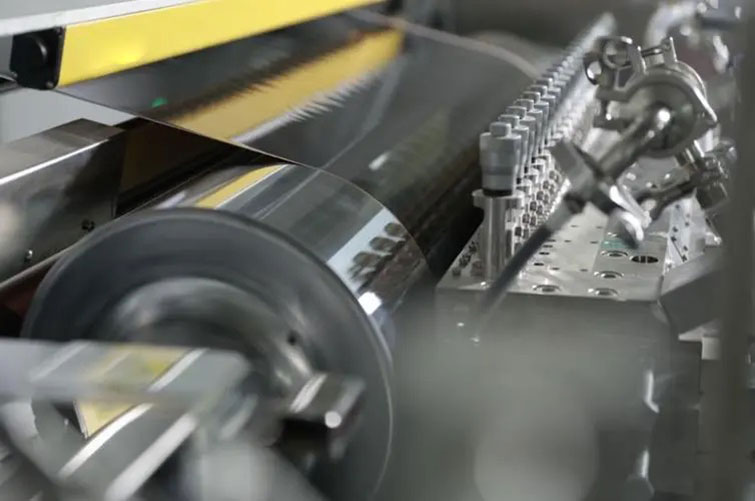
Electrode slitting machines play a key role in the field of energy storage, mainly used to accurately cut the positive and negative electrode sheet materials of lithium batteries to the required size to assemble them into battery cells. The following is a detailed introduction to the pole piece slitting machine:
First, the field of application:
1. Electric vehicles: used to manufacture large-capacity lithium battery packs to provide long-term power support for electric vehicles.
2. Portable electronics: such as smartphones, tablets, etc., use high-performance lithium batteries to provide long-lasting battery life.
3. Energy storage system: An energy storage system for renewable energy sources such as solar and wind energy to balance the difference between power supply and demand.
3. Electronic devices: used for battery assembly of various electronic devices, such as laptops, digital cameras, etc.
Second, the technical characteristics:
1. High-precision cutting: It can achieve precise cutting at the micron level to ensure the performance and stability of the battery.
2. Automatic control: Equipped with advanced automatic control system, it can automatically carry out cutting operations according to preset parameters to reduce the error of manual operation.
3. High-efficiency production: Quickly process a large number of battery electrode piece materials to improve production efficiency and reduce costs.
4. Multi-functional adaptability: It can handle different types and specifications of lithium battery pole piece materials to meet diversified production needs.
5. Stable and reliable: The equipment structure is stable and runs stably for a long time to ensure the continuity and reliability of the production line.
Third, the development trend:
1. Intelligence and automation: With the advancement of industrial intelligence, the slitting technology of lithium battery pole pieces is developing in the direction of intelligence and networking, enhancing the monitoring and management capabilities of the production process.
2. Energy conservation and environmental protection: optimize energy efficiency, reduce resource waste and environmental impact.
3. Material and process innovation: Continuously explore new materials and processes to improve the energy density, safety and cycle life of batteries.
4. Market customization needs: more and more to meet the demand for high-performance, long-life lithium batteries in specific application fields such as electric vehicles and energy storage systems.
To sum up, as an indispensable key equipment in the field of energy storage, the advantages of high precision, high efficiency and stability have made important contributions to promoting the development of electrification and renewable energy, and has broad application prospects and development space.
Recent Post
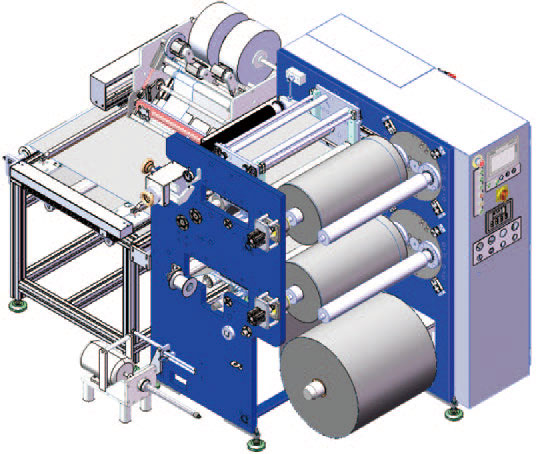 The pole piece slitting machine is a key equipment on the lithium battery production line
The pole piece slitting machine is a key equipment on the lithium battery production line Lithium battery pole piece slitting technology and application
Lithium battery pole piece slitting technology and application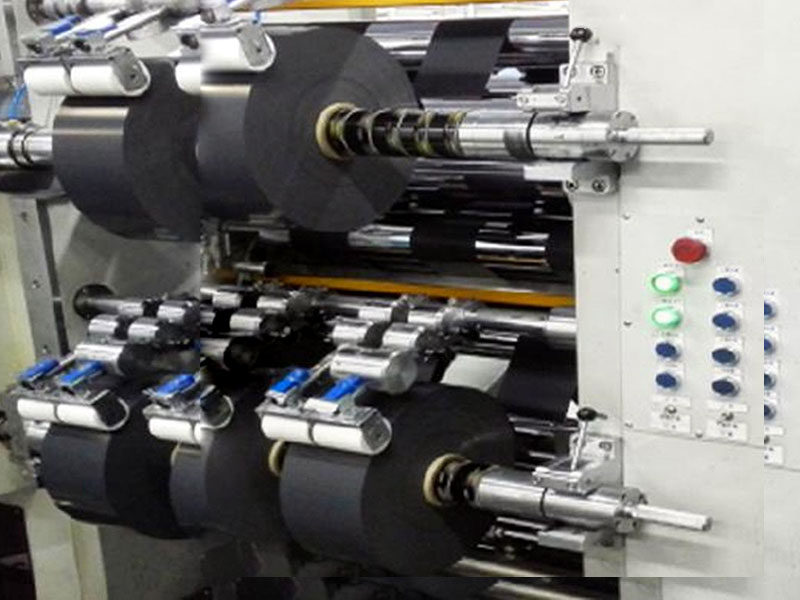 Lithium battery slitting machine: a powerful tool to improve the production efficiency and quality of lithium batteries
Lithium battery slitting machine: a powerful tool to improve the production efficiency and quality of lithium batteries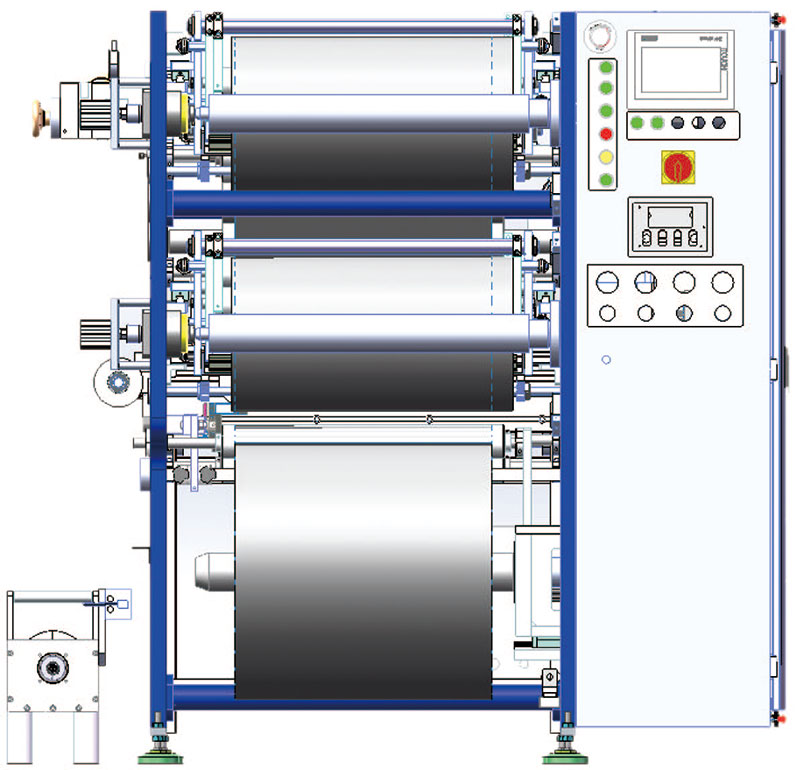 Lithium battery electrode piece slitting directly affects the performance and production efficiency of lithium batteries
Lithium battery electrode piece slitting directly affects the performance and production efficiency of lithium batteries
Related Product
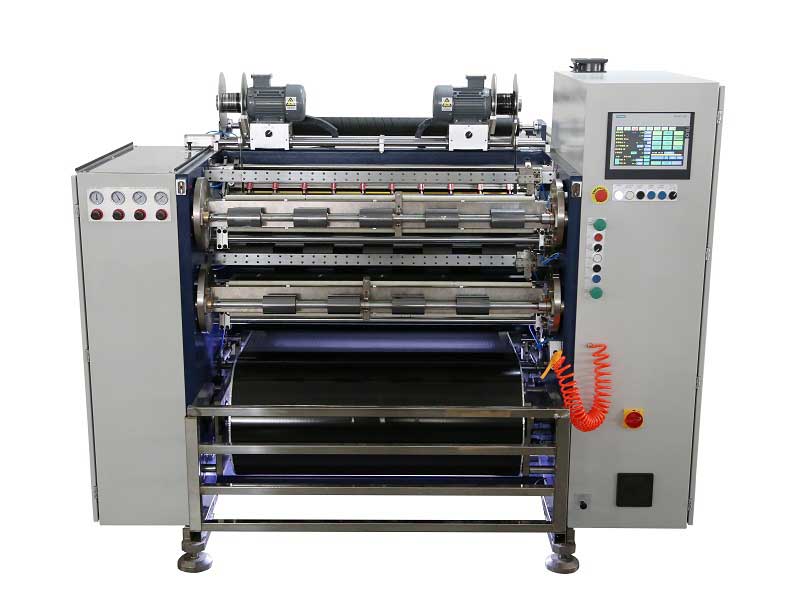 Automatic Thermal Transfer Ribbon Slitting Machine RSDS8 H PLUS
Automatic Thermal Transfer Ribbon Slitting Machine RSDS8 H PLUS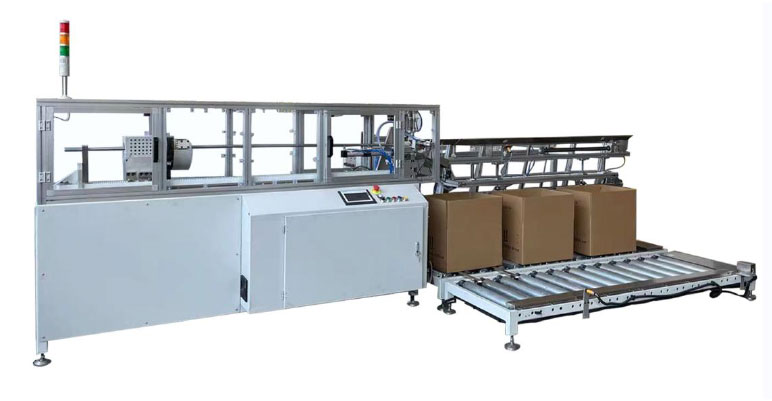 Automatic Paper Core Cutting Machine
Automatic Paper Core Cutting Machine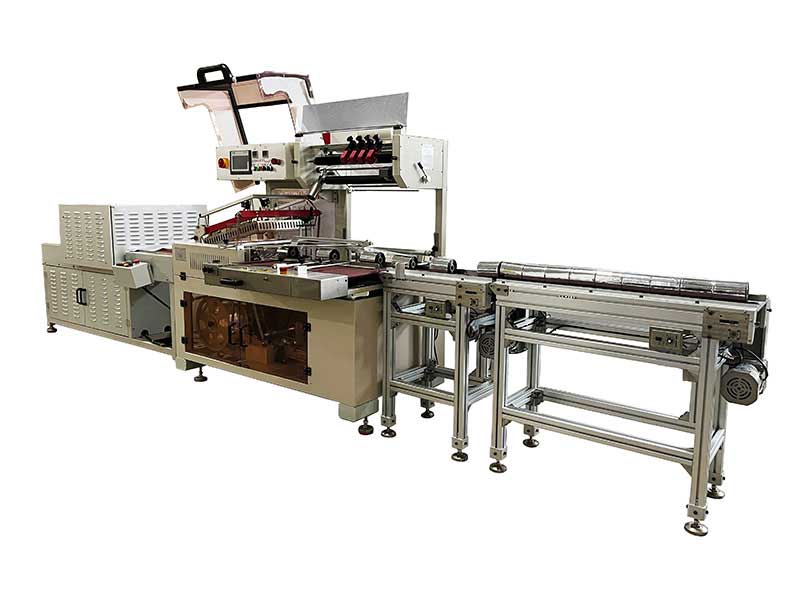 Thermal Transfer Ribbons Packaging Machine
Thermal Transfer Ribbons Packaging Machine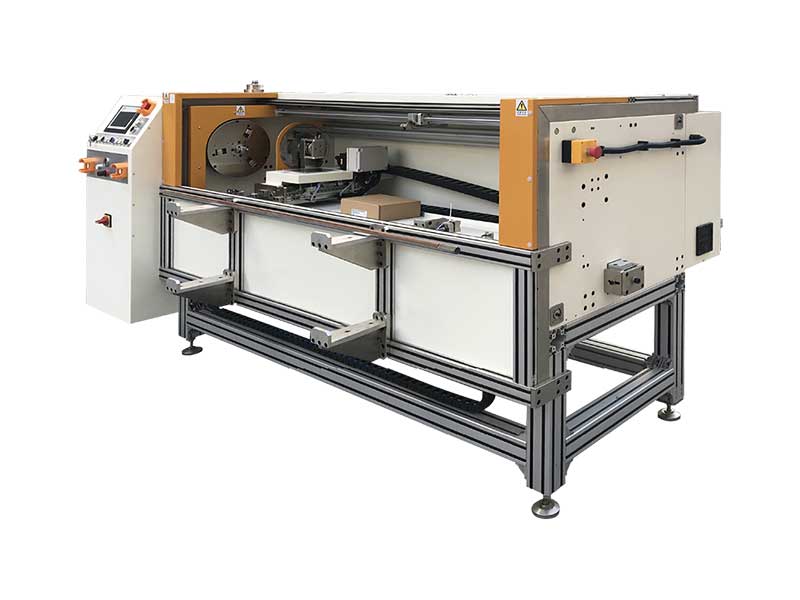 Automatic Foil Roll Cutting Machine
Automatic Foil Roll Cutting Machine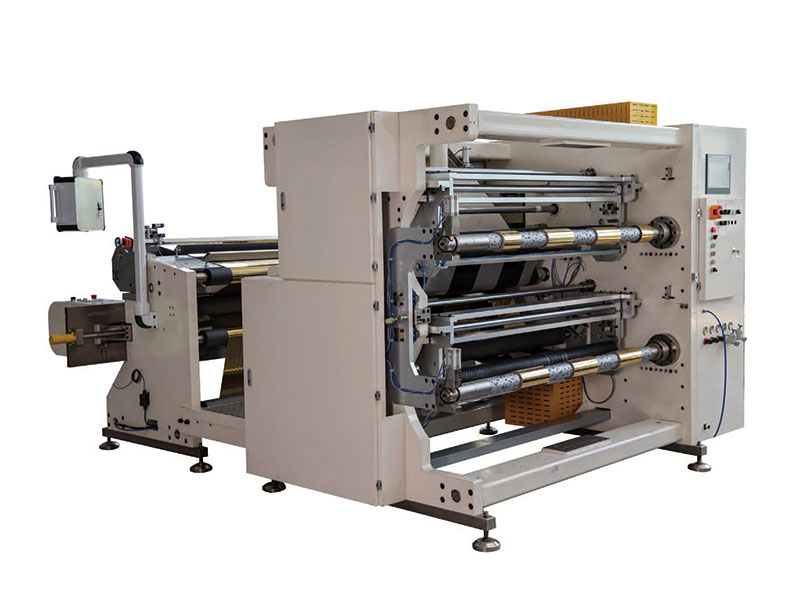 1400mm Hot Stamping Foil Slitting Machine
1400mm Hot Stamping Foil Slitting Machine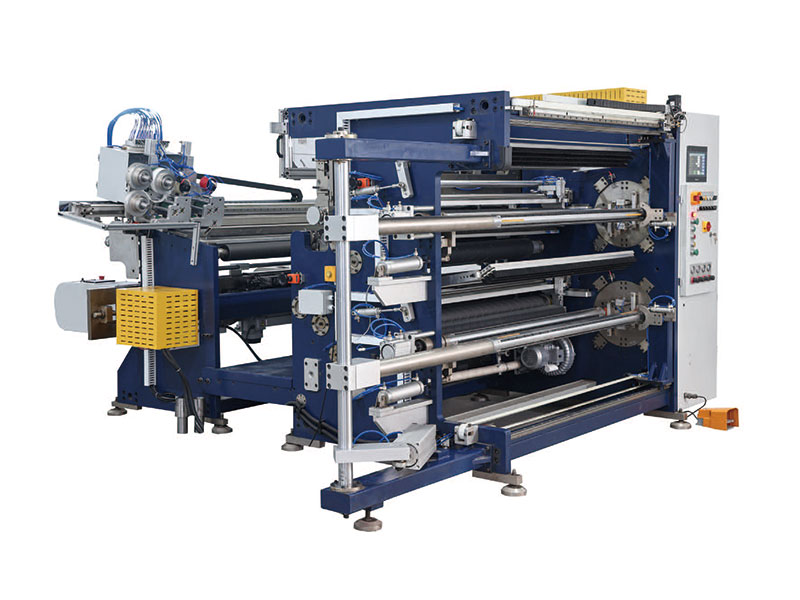 1350mm Hot Stamping Foil Slitting Machine
1350mm Hot Stamping Foil Slitting Machine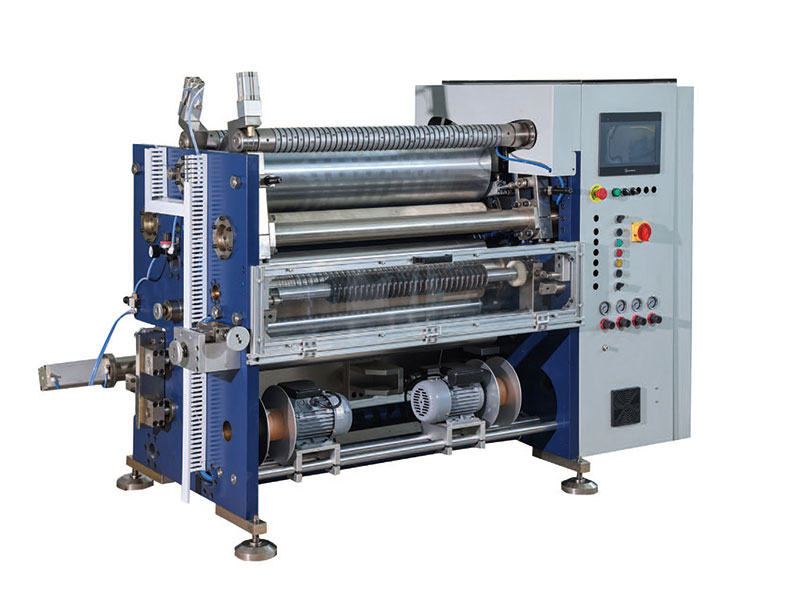 800mm Hot Stamping Foil Slitting Machine
800mm Hot Stamping Foil Slitting Machine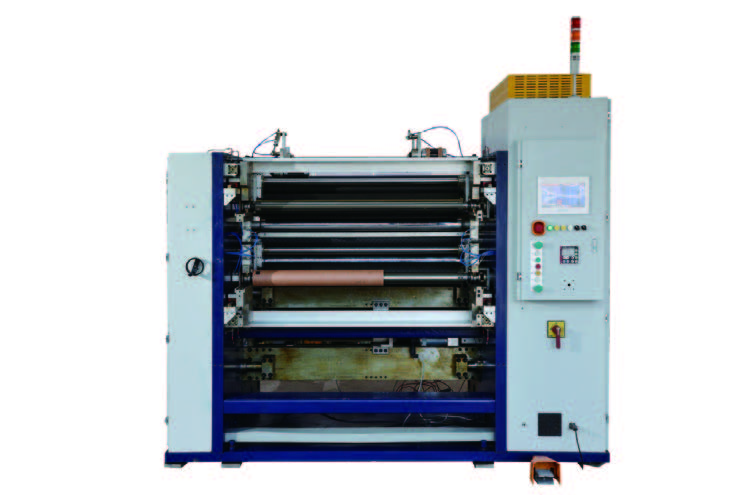 New Energy Ultra-thin Film Slitting Machine For Capacitive Film
New Energy Ultra-thin Film Slitting Machine For Capacitive Film


